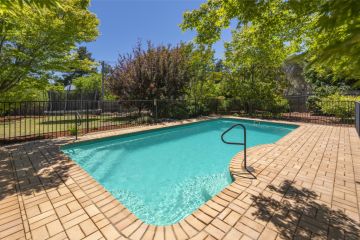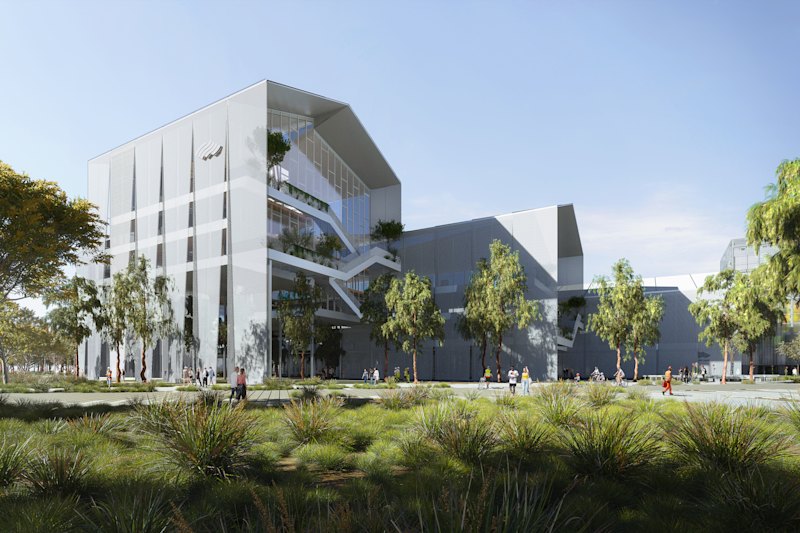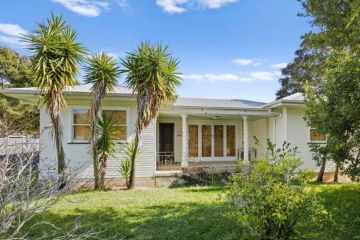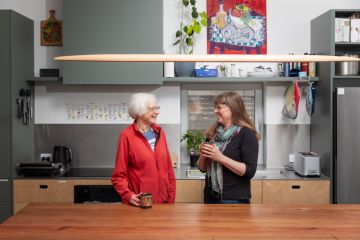Sydneysiders lured to Blue Mountains as city's west develops
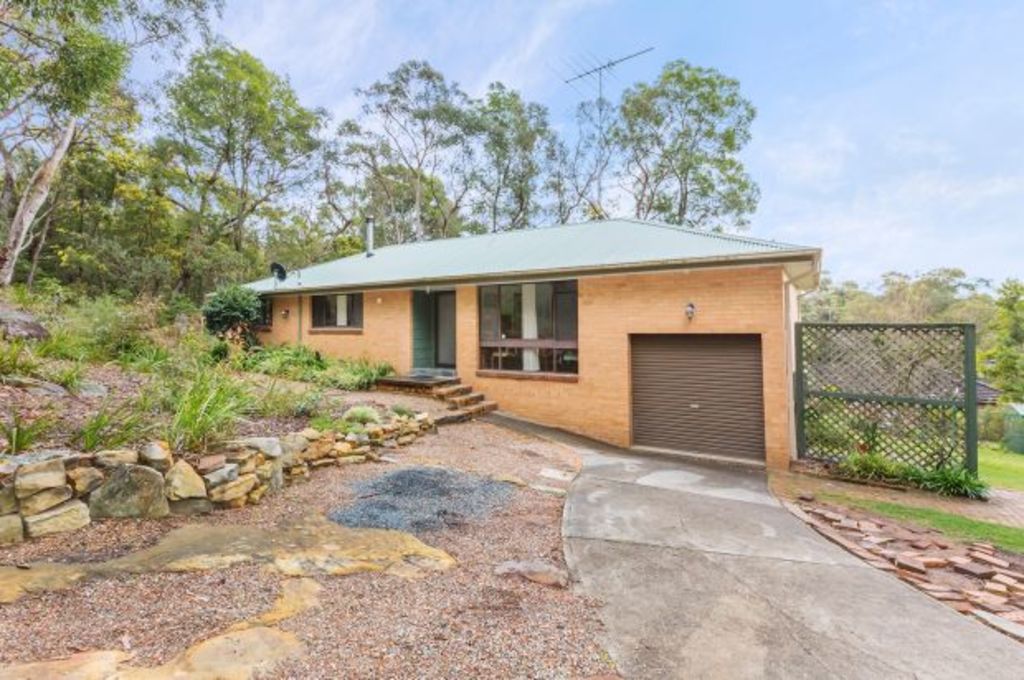
Prices in the once-affordable Blue Mountains are surging as more Sydneysiders turn to hills, attracted by better transport links and more employment opportunities in the west.
Every weekday morning roughly 20,000 people now start their commute by train from the Blue Mountains, with the majority getting on at Springwood, followed by Blaxland and Glenbrook Stations.
A spokesperson from Transport for NSW said that use of the Blue Mountains line has increased by 9 per cent in the past 12 months.
From Springwood it takes 80 minutes to get to Central Station and just 40 minutes to Parramatta.
Commuting by car has also improved with the final section of the region’s major artery – the Great Western Highway – completed in July last year.
Property prices in most townships in the Blue Mountains are also on the rise. And as Sydney’s west continues to develop, experts say further price increases are expected.
The region as a whole has seen 12.5 per cent price growth over the past year – since the road upgrade was finished – and 52.8 per cent growth from five years ago when the median was $392,600, according to Domain Group data. The median house price in the Blue Mountains is now at $600,000.
Domain Group chief economist Andrew Wilson said the fact the west was evolving as a separate entity to the rest of Sydney was benefiting the Blue Mountains region.
“The new airport will bring a lot of jobs to the area. I’m not surprised that it’s strong,” he said.
“There’s certainly a lack of stock up there. It was a region that lifted with the rest of Sydney through the boom period,” he said.
Matt Grima, of Belle Property Leura, said the property market in the area was strong with plenty of demand from buyers. While the new road has made the commute much easier from Sydney there’s also not a lot of new houses being built, due to Leura being located in a World Heritage area.
Leura’s median house price based on the last six months is $661,000, up 47.3 per cent from five years ago.
“Buyers want advance notice before a property goes to market. I’ve had the experience of listing a house at 1pm, and a buyer has walked in at 2pm with a deposit,” Mr Grima said.
“We are getting young families as well, moving up with the technology changes and the NBN,” he added.
Scott Lister, of Lister & Cole in Springwood, said Springwood and the lower mountains has a lot of first-home buyers coming from built-up areas such as the inner west, attracted to the lifestyle and community.
“We have a fantastic community, great schools, and it’s only an hour to the city.”
Springwood’s median house price is now $590,000 – up 6.3 per cent over the past 12 months.

Jaimi and Tylor have recently bought in the Blue Mountains. Photo: Supplied
Jaimi Herrick recently bought at Linden, two stations up from Springwood, with her partner Tylor. They were living in Kings Park, near Blacktown, and were originally looking for a house around Blaxland and the lower Mountains area.
“We found that there was a lot of competition down there,” she said. “The houses were going for way above the listed price. The house we bought was the one we researched the least, but when we visited it, it ticked all the boxes.”
She currently works near Parramatta, but said she might look for work closer to her new home at some point in the future to ease her commute.
Alan Thompson, from Thompson Real Estate, said the Hazelbrook region attracted fewer first-home buyers and more people from the Western suburbs looking for bigger land and better value.
“Most work in the Parramatta area or around Horsley Park. Logistically it’s a lot closer than it used to be,” Mr Thompson said.
“New bushfire regulations have made it expensive to build. We haven’t had any bushfire dramas here for 21 years, but the one-size fits all fire rules can add up to $80,000 to a project.”
Hazelbrook has seen house price growth of 26.1 per cent over the last year, with a median price now at $524,500.
Dion is one Hazelbrook resident who grew up in the township and now commutes to work in Wynyard.
“It’s nice and quiet, it’s fresh. It’s safe. You can wander around the streets and not have to worry.”
“Sometimes the commute is fine, sometimes its painful. It’s the same length every day, but sometimes it feels a lot longer than other days.”
“To Cityrail’s credit, they’re actually pretty good. In the last sixth months, the trains have been more than 10 minutes only two or three times.”
Dion is able to work from home one or two days a week. He said the Great Western Highway upgrade has made a big difference, too, to the ease of getting around. “Normal driving – absolutely, it’s 100 per cent better.”
“I think the mountains is definitely getting more popular, just on affordability. And it’s a nicer, cleaner place to live“
We recommend
We thought you might like
States
Capital Cities
Capital Cities - Rentals
Popular Areas
Allhomes
More
- © 2025, CoStar Group Inc.

